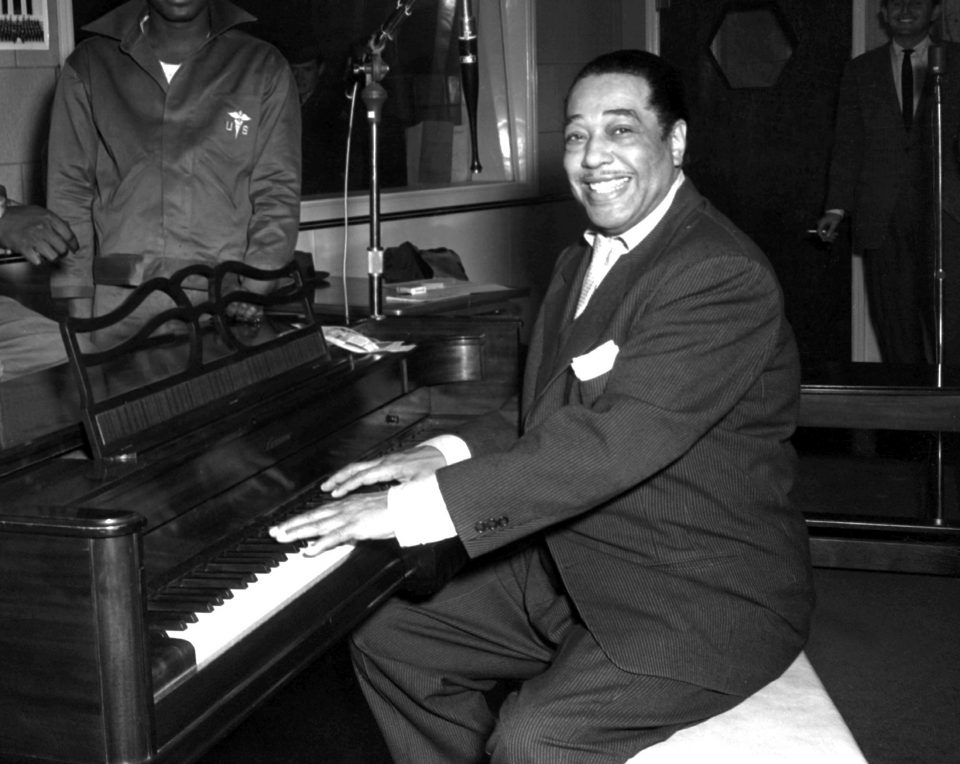Jazz Corner: Jazz and the People
As a spontaneous, creative art form, few others, if any can provide the thrills of a jazz performance
Earlier this week, I heard a remarkable jazz concert, out in the open, in the town square in Los Gatos in California. It was remarkable because it was put together not by some impresario or event management group but by the city of Los Gatos with privately raised funds. It was a top-quality concert which would not have been out of place in any jazz festival or concert hall in the world.
From the time jazz became a popular art form, it has always involved the community in its performance. In New Orleans””its birthplace””jazz bands in the early years were used for celebrations, funerals, as marching bands and for entertainment! Often, rival bands would confront each others in the street to try and outplay the other. Crowds were always assured. These bands were the lifeblood of social expression.
During the years of the Great Depression in the Thirties, prohibition was in force in the United States. In the absence of alcohol, restaurants suffered through lack of clientele. This problem was solved by the emergence of jazz bands to which people danced. Famous bands, such as those of Glenn Miller, Benny Goodman, Artie Shaw, Woody Herman, Count Basie and Duke Ellington, among others played to large audiences who danced away their blues. Often this music would be broadcast over the radio, live from some famous dance halls.
Dancing in restaurants to jazz bands became a worldwide phenomenon and to this day is popular in several places. In his 2012 book Taj Mahal Foxtrot, Mumbai-based writer Naresh Fernandes narrates the story of the jazz bands playing in the ballroom of the city’s famous Taj Mahal Hotel in the Thirties and Forties.
Jazz festivals worldwide also involve the community at large. The major ones””such as those held at Newport, Ravinia (Chicago), Rotterdam (North Sea festival) and others””are held in large public areas and often use multiple stages for several bands to perform. In these festivals, the audiences enjoy the music, often with wine, beer, snacks and socializing available in the mix. Picnic baskets, families and friends, chairs, blankets and ice coolers all appear at the event to make it a true festive atmosphere””a festival!
In Asia, the Java Jazz festival in Jakarta, the Ubud Festival in Bali, the Singapore Jazz Festival and a few others offer similar opportunities for fun and jazz. Mumbai had a short romance with this type of jazz ”˜festivity’ during the years when the Jazz Yatra was staged at Rang Bhavan and for a couple of years at the Brabourne Stadium. While the music played, friends caught up with each other, enjoyed snacks, bought CDs, T-shirts and other merchandise and soaked in the sounds from some of the then jazz greats. There is still plenty of nostalgia from those heady days of the Yatras.
As a spontaneous, creative art form, few others, if any can provide the thrills of a jazz performance. While studio recordings can provide a library of well produced and well engineered sound, a live performance can provide a different experience altogether. The presence of the artists, their reaction and interaction with a keen audience and flexibility of performance gives the sound an added dimension. Taken a step further, the festival atmosphere might bring out additional emotions in the music and perhaps it is perceived a little differently. Live music always adds value and quality to a happy, civilized society. Go hear a jazz concert soon!
Sunil Sampat is a jazz critic and contributing editor of Rolling Stone India. Write to Sunil at jazzwala@gmail.com
Read more articles from Jazz Corner here.Â








